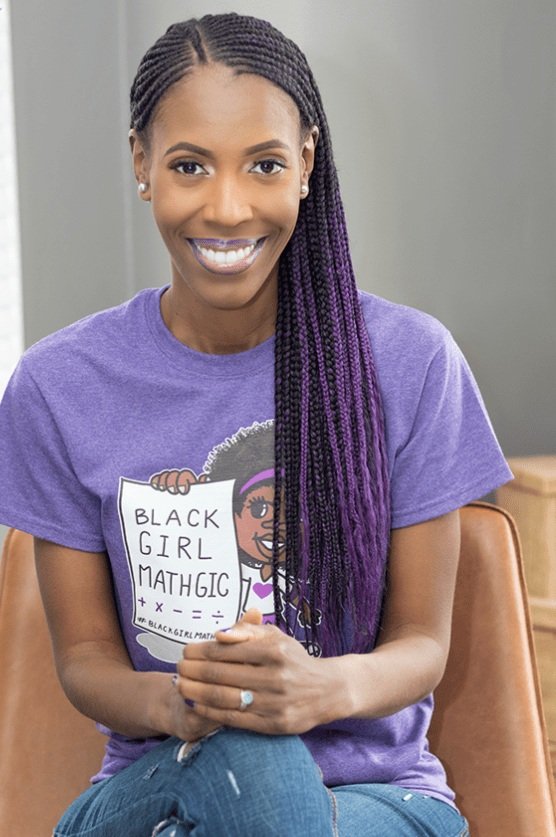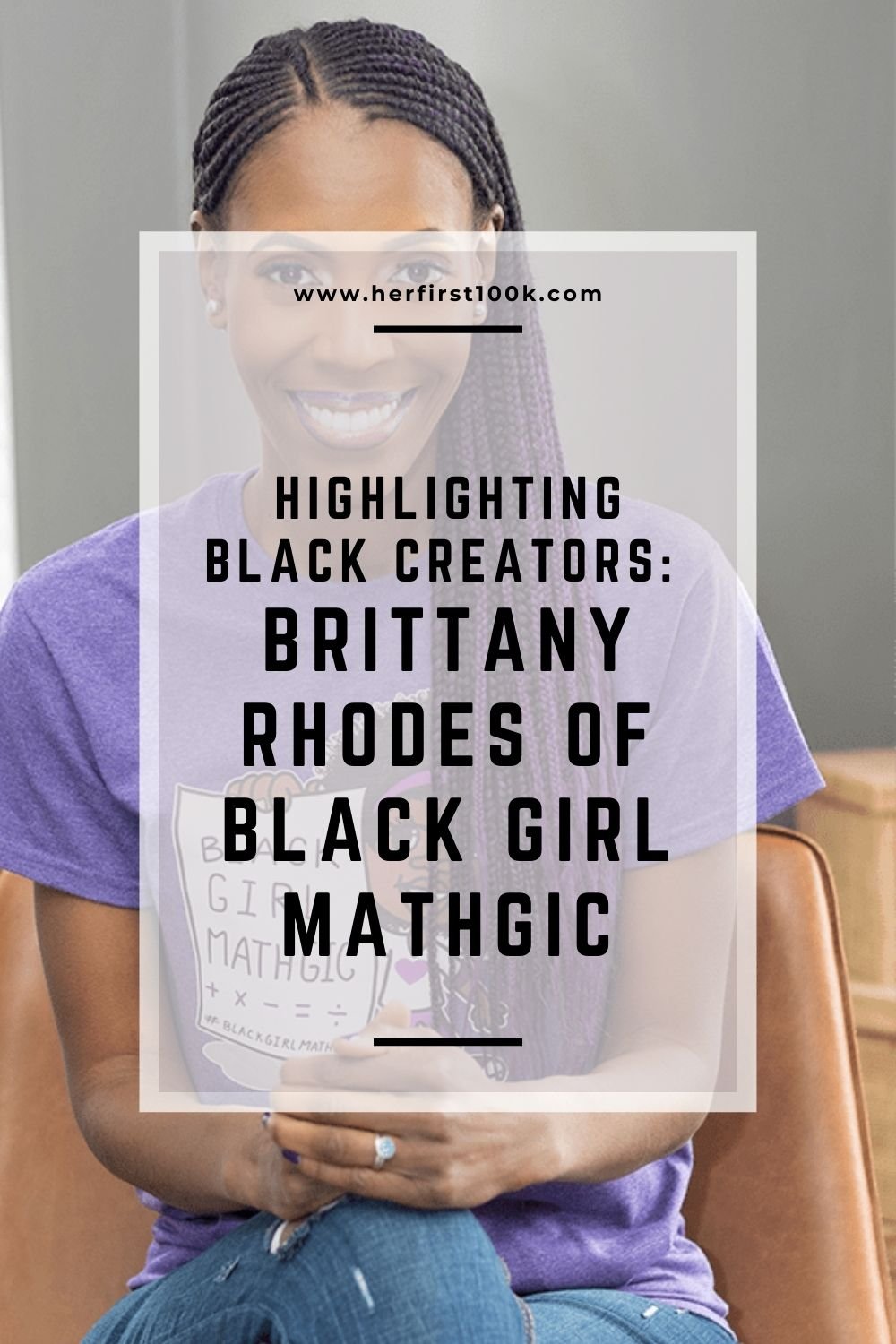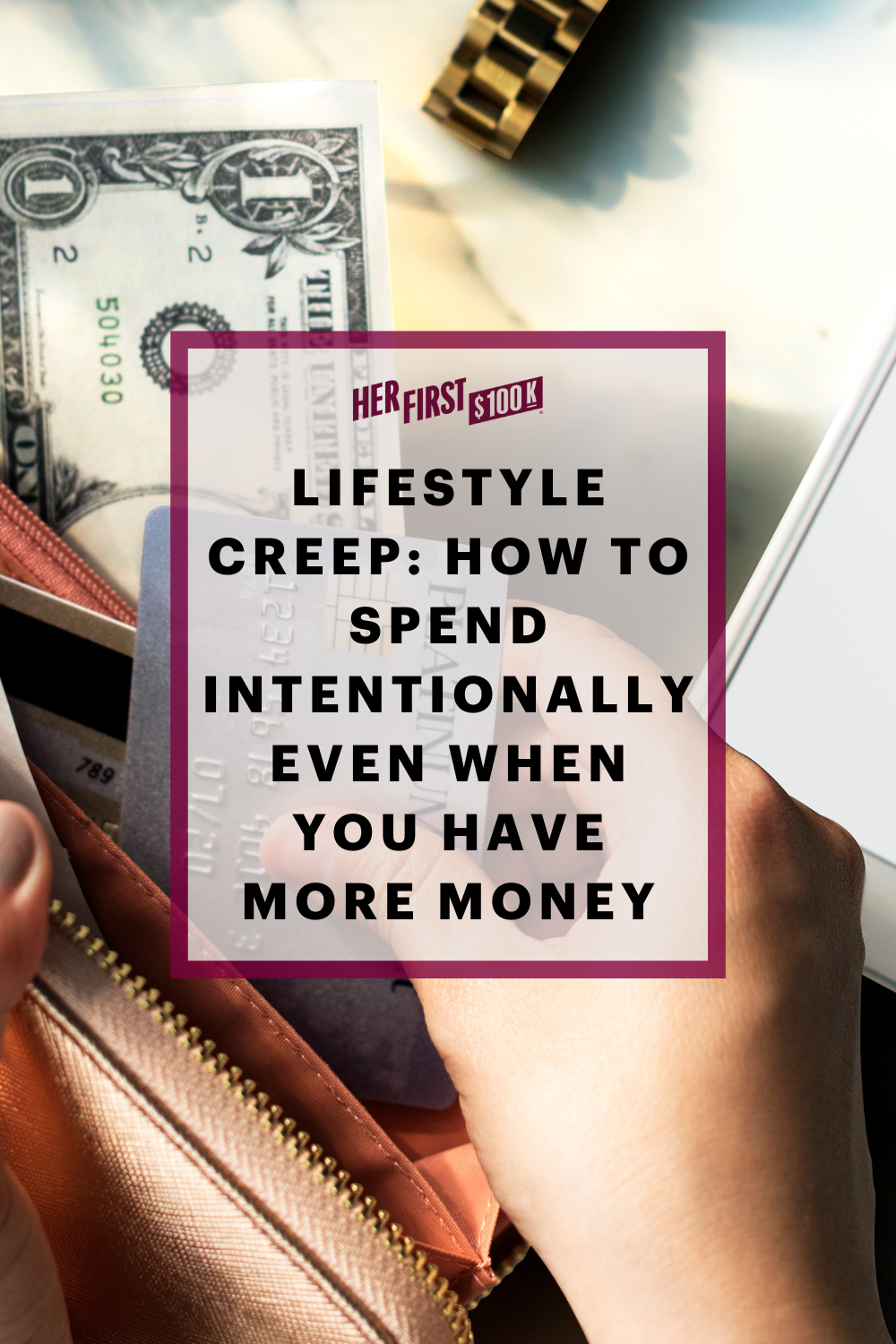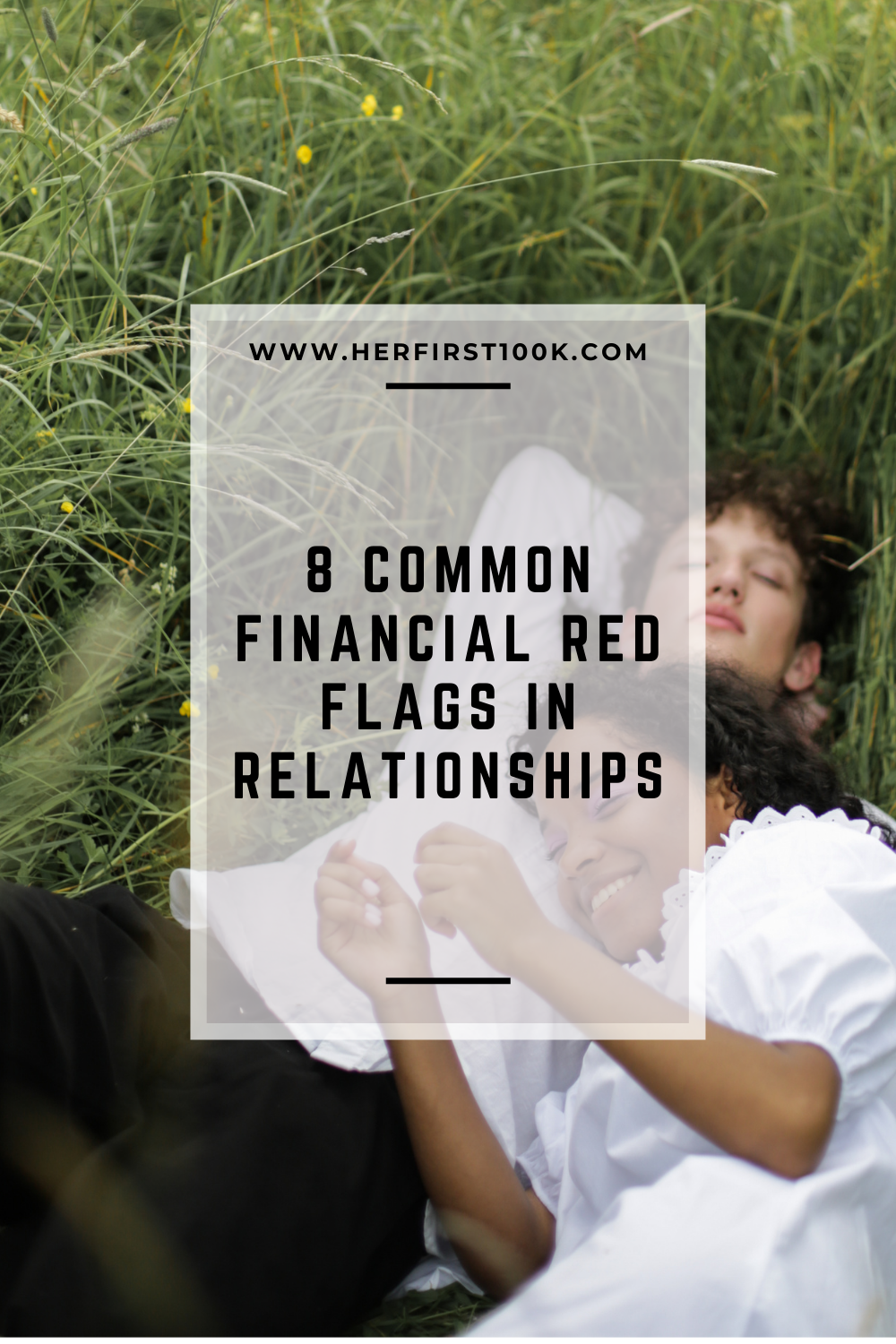The following article may contain affiliate links or sponsored content. This doesn’t cost you anything, and shopping or using our affiliate partners is a way to support our mission. I will never work with a brand or showcase a product that I don’t personally use or believe in.
Every year we do a Black History initiative here at Her First $100K. A big part of feminism, especially financial feminism, is recognizing intersectionality and supporting BIack creators and other marginalized communities. This year, in an effort to support the Black community, we’re sharing stories from 4 incredible Black creators and their businesses.
Here’s how you can support these creators:
-
Follow them and their businesses on social media and share them far and wide. This is a completely free way to support Black creators –– and it doesn’t have to stop with the four we highlight.
-
Spend money with these creators if you can do so. Supporting Black-owned businesses is one of the best ways to practice financial intersectionality.
This week, we’re chatting with Brittany Rhodes of Black Girl Mathgic –– a math subscription box service with a mission to help girls build the confidence in math they need to succeed in class today and society tomorrow. Learn more about how you can support Black Girl Mathgic and make sure to support Brittany and other Black creators year round –– not just during Black History Month.
The following interview has been edited for length and clarity.
Q: Tell us all about your background as a mathematician and what spurred on the idea for Black Girl Mathgic.
So people always ask me, “what is it about math?” because most Americans hate math –– and I was not one of them. I’ve loved math my entire life and don’t have a memory of not liking math. I’ve always loved to learn, but there was something about math that just really did it for me.
I am the proud daughter of a retired principal. My mom was an educator for 40 years, so needless to say, education was kind of a non-negotiable in my household. I had a lot of opportunities and exposure to educational things. When I was a kid, I was a Girl Scout, and I did a lot of volunteer work. I was in this program here in Detroit called DAPCEP (Detroit Area Pre-College Engineering Program) –– it was STEM before STEM was a term. With this program, I spent two summers at UM doing their engineering program, and then a variety of Saturdays from sixth grade to 12th grade learning anything and everything STEM-related.
My plan was to go to college, and I went to Spelman College in Atlanta. My senior year, I was an AP calculus, and I remember my mom saying to me, “you should major in math when you go to college.” It was at Spelman that I started tutoring math in their math lab. Any student could come and get help –– usually liberal arts majors who hate math. That was where I learned about math anxiety, even though it wasn’t a term I would have used just yet. I just knew that people have really strong negative feelings about math. I found that I got a rise out of showing them different ways to approach math.
When I graduated from college, I didn’t have a full-time job, but I now had a side hustle tutoring (which is a pretty lucrative side hustle, especially when tutoring math). I worked with a local tutoring company that placed me with different families.
Two years after I graduated from Spellman, I went to Carnegie Mellon University to do my MBA to round out my education. Unfortunately, I graduated in one of the worst markets in 2010, so there I was looking for work again.
Wherever I was, you could always find me tutoring. I moved back to Detroit and started working for a local non-profit, The Downtown Boxing Gym. Once I started tutoring at the gym, I noticed something very quickly –– and this is where the seed for Black Girl Mathgic was planted.
I noticed a similar pattern in these kids, who came from all over Metro Detroit –– different grades, different ages, even different schools –– but the same pattern. I quickly noticed that my students (especially the girls) did not have a strong math foundation and lacked confidence. I’m talking about your basics –– order of operations, addition, subtraction, multiplication, division, decimals, fractions, percentages, etc. All of those things we all use now as adults on a daily basis!
By the time you get to sixth grade through ninth grade, it’s time to start thinking about algebra and using letters instead of numbers. If you haven’t really solidified your foundation, the simple things are going to feel more difficult –– then they just throw the whole subject away.
With the girls, there was an added layer of this defeated attitude, and I realized it wasn’t just tutoring them through the work –– it was tutoring them through their mindset.
Q: The need was obviously there, so what made you decide to go all in and create the Black Girl Mathgic subscription box?
So around 2014, subscription boxes were not as popular as they are now, but I became aware of the concept when my future husband, who worked a crazy schedule, started using HelloFresh and Blue Apron. I thought, “OK, this is pretty cool!” and became enamored with the subscription box idea as a consumer.
At some point in 2018, the thoughts came together, and I thought, “Eureka! A math subscription box!” So I researched STEM subscription boxes, and no one focused on mathematics, which is the foundation of STEM. You can’t become a physics major, biology major, engineering major, etc., without a foundation in math.
Essentially, that’s how Black Girl Mathgic was born. I started to look at the competence gaps between girls and boys, and then I started looking at it from a racial perspective because most of the children I work with are black children. Looking at the data from a racial perspective in terms of the access to algebra classes in different districts and regions –– I realized it was not the same. So, I wanted to make something where the one who was considered the least of us, the little girl (and more specifically the little black girl), clearly sees herself in the math driver’s seat.
Being able to help people make sense of math for themselves is a gift that I have –– I took that and put it all together.
Q: We’re all obsessed with the concept –– tell us about what comes in the boxes every month.
The core of Black Girl Mathgic is a movement to increase math, confidence, aptitude, awareness, agency, and enthusiasm in children, focusing on girls and black children who are disproportionately impacted by math anxiety. When I talk about math anxiety, the definition I use is negative emotions around doing and solving math problems.
Our flagship product is our subscription box. They are the first and only monthly subscription box designed to increase math confidence and decrease math anxiety and girls on a third to eighth-grade math level. We ship out these colorful purple boxes every month –– each curated to address the phenomena that contribute to low math confidence or high math anxiety.
Each monthly box features a woman who uses math in her occupation, and the rest of the box is built around a theme. This month, we featured a woman who is an NFL agent and defense attorney –– so our theme for this month’s box was “Grid Iron Goals.”
In each box, recipients get three to five items, with at least one of them being screen-free. This months is a card game called Blitz Champs, created by a professional woman Football player named Adrian Smith. Each manipulative is meant to be both practical and consumed quickly, so you’re not just accumulating stuff.
This month to stick with the theme, we also included a legal pad, custom stickers created by a Detroit local artist, a math affirmation (which we include every month), and a booklet of activities. Each booklet is built around specific exercises for certain grade levels.
We have been getting asked for a very long time to make a boy’s box, but we do have boys who get our “girl” box and love it.
Also, I have been asked if the boxes are only for black girls, and the answer is no! I always like to say that black girls are not the only people who need to know that black girls can do well in math and be math people. We’re able to speak to a lot of audiences.
Q: The subscription box is SO cool –– what else are you up to these days as you continue to promote math education?
I lead workshops, and I do speaking engagements on behalf of the Black Girl Mathgic. I speak to a lot of girl groups and youth groups. We are working on some children’s books around math trying to get kids interested as early as possible. If I can get a kid aged zero to know that they’re a math person before they know language, that would be really exciting. We’re working on a lot!




